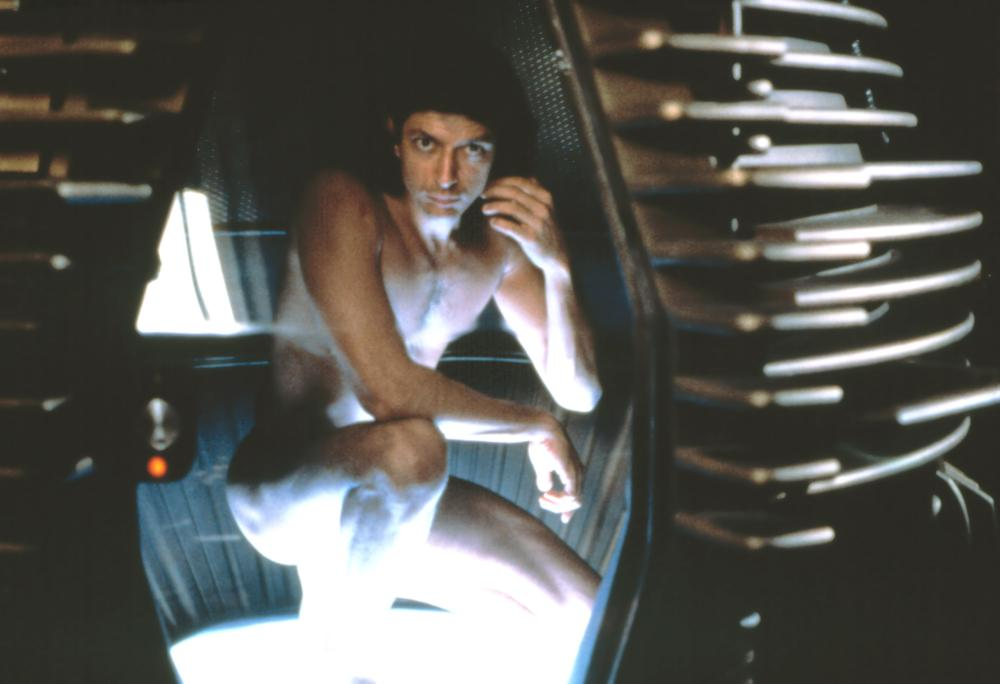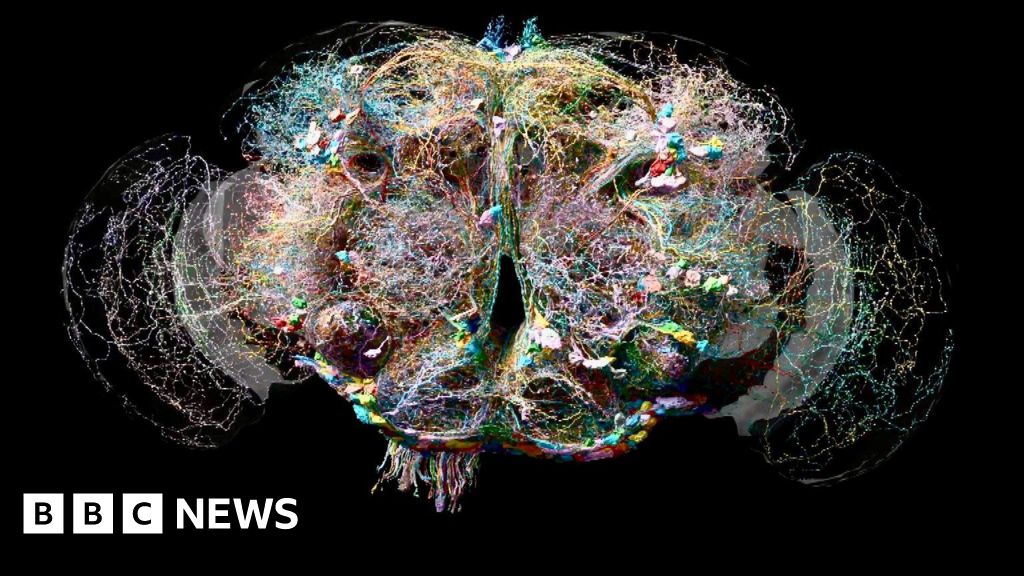- cross-posted to:
- [email protected]
- cross-posted to:
- [email protected]
Now for the first time scientists researching the brain of a fly have identified the position, shape and connections of every single one of its 130,000 cells and 50 million connections.
It’s the most detailed analysis of the brain of an adult animal ever produced.
One leading brain specialist independent of the new research described the breakthrough as a “huge leap” in our understanding of our own brains.
The paper itself, which is linked in the BBC article, is quite a read too Original Article
So this is basically a physical map of the cells and their interconnections. We also know quite a lot about how the individual cells function.
So… if we simulated the behavior of all those cells and connected them as described by this map, and basically just turned it on… would it behave like a fly? Would it respond to stimuli as if it were a fly?
The computer needed for that would probably be the size of a building and eat electricity like candy, but it’d be interesting - the functional brain of a living creature reproduced in software.
Simulate it how? you need an initial state.
Also connections to nerve cells are not constant. Some connections are strong and the nerve cell is more likely to activate when triggered through one of them while other are weak and need stronger signal to trigger (someone who knows biology can rephrase this part better). so with 50 million connections of varying strength simulation becomes much more difficult.
The other thing is that 99% of the time the brain respond to outside stimuli. You see something, signal is sent to brain and brain make decision based on the input.
In this case you have absolutely zero input.
Also connections to nerve cells are not constant. Some connections are strong and the nerve cell is more likely to activate when triggered through one of them while other are weak and need stronger signal to trigger (someone who knows biology can rephrase this part better). so with 50 million connections of varying strength simulation becomes much more difficult.
I don’t see why adding weights to the connections would be particularly difficult. Even if the weights need to vary over time or by other conditions, that could be included in the simulation. It might be a bit more complex, but current neural network systems already do variable connection strength between nodes.
The other thing is that 99% of the time the brain respond to outside stimuli. You see something, signal is sent to brain and brain make decision based on the input.
In this case you have absolutely zero input.
This should be very easy - if we’re simulating the presence of sensory neurons then we can certainly simulate some input stimuli on them.
Simulate it how? you need an initial state.
I don’t see why this would be true, and anyway how do you know that the connection map doesn’t already represent an initial state?
Your last point makes me think of the picture of that 2MB hard drive from yesteryear. That black and white one where they are getting the massive thing (bigger than my fridge freezer) onto a truck, if I’m remembering right.
Imagine if the computers needed, in a couple decades, will be much smaller and capable.

What happens when it accidentally gets into the teleportation pod?
Does the teleportation pod cut and paste, or copy and paste? What happens to the original?
It becomes superfly TNT




